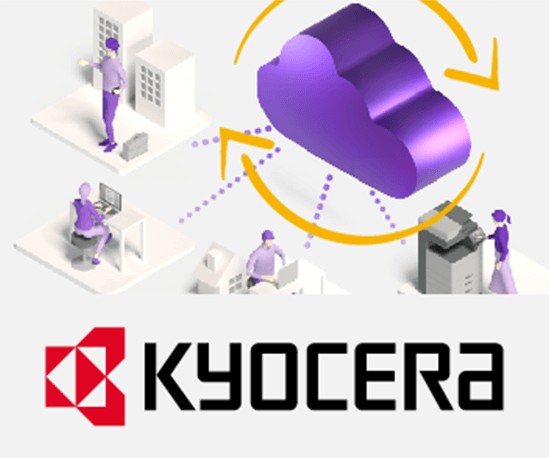yuuvis® Momentum for Developers
Build outstanding applications with a high-performance backend
Do you know these challenges?
Confusing software landscape
Legacy systems have outgrown their capabilities and lack consistent interfaces for integration.
Limited scalability
You are concerned about your archiving solution not scaling to your amount of documents.
On-premises vs. cloud
You’re not sure if you should keep your data secure on your own hardware or if you might want to switch to the cloud later.
Limited performance
To build your web applications, you’ll need a platform with a high-performance backend.
Here’s how yuuvis® Momentum can help
A tool for developing tailored content and information management solutions faster
- Solutions built with yuuvis® Momentum are highly scalable, can run in the cloud or on-premises, and exhibit outstanding performance.
- yuuvis® Momentum allows you to tap into existing user management and is easily incorporated into an existing system environment through its REST API.
- Webhooks, AMQP Hooks, and interceptors make it simple to extend functionality.
- It provides a full audit trail, performant search features in an SQL-like manner, and rights management.
- It supports asynchronous document processing via tagging, evolving document via the schema flow, and handling of compound documents.
- And all of this while supporting multitenancy, with administration on both the global system and the tenant level.
Documentation entry points
API overview
Here’s a list of all the interfaces that are currently available.
Query language
The CMIS-based query language is used to standardize DMS requests to the yuuvis® API system.
Basic use case flows
Diagrams illustrating the interaction of the yuuvis® Momentum core services in a number of basic use cases.
Additional services and custom clients
Services for functional extension as upper layers on top of the yuuvis® Momentum core system.
Helpful resources
Concepts
Documentation for yuuvis® Momentum in a structured, theoretical way, with links to the tutorial section.
Community
Get answers to your burning questions and find inspiration for your projects in our community.
Compound documents
You can store multiple content files in a single binary stream, with offsets defined by individual metadata. This can be extremely useful when processing stream-based content, such as audio, video, or large PDF archives.
You can, for example, import a single large video stream into the system, mark time offsets with metadata (possibly using AI), and use those to access video stream excerpts as separate and self-contained objects. Furthermore, if all content files share the same header, which is persisted only once at the start of the stream rather than with each individual file, storage space is saved.
Server-side customizing with interceptors
You can add alternative processing steps to certain API calls based on document metadata or the role of the authenticated user. The interceptor will interrupt a document’s normal lifecycle, run custom business logic defined in a custom microservice, and then return control to yuuvis® Momentum. This allows for powerful server-side customizations, such as controlling metadata visibility based on the user’s role, returning only portions of document content, and even integrating with third-party services, such as electronic document signing, during the content update.
See what you can do with yuuvis® Momentum
Compliance and Governance
Comply with stringent regulatory, industry, and company requirements to avoid putting your company at risk
Archiving
Build a modern long-term archive that integrates with your existing system landscape
Content Repository
Create content-centric applications that you can run on-premises, in the cloud, or in a hybrid environment
